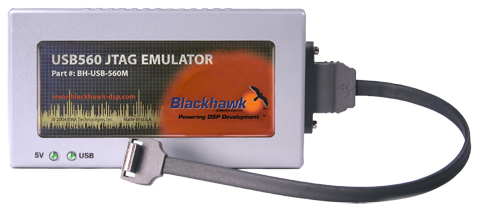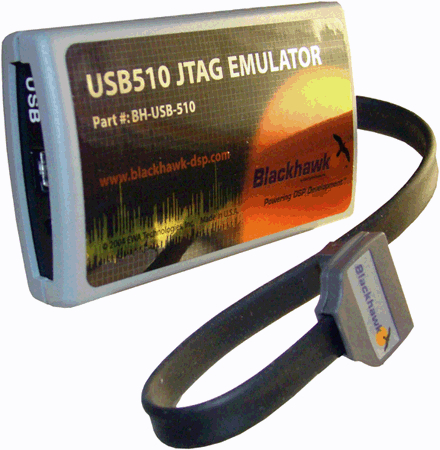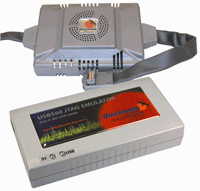- After selecting Update Driver Software. From the Device Manager you should see the following window. Click on Browse my computer for driver software. Use the Browse button to enter the path to the SManager software installation location. Normally this will be either C:Program FilesSManagerDrivers (32 bit Windows) or C:Program Files (x86)SManagerDrivers (64 bit Windows).
- When you go to device manager and check the hardware IDs of the Bluetooth controller (properties-Details-Hardware Ids), you find that hardware descriptors for it are: VID: 05AC and PID: 8289 there is no mention of this hardware ID in the inf file and that is why Windows can't match the driver with the hardware.
Vendor Device USB: 05c6: Qualcomm, Inc. 9264: Asus Gobi 2000 Wireless Modem (QDL mode) Vendor Device USB: 05c6: Qualcomm, Inc. 9265: Asus Gobi 2000 Wireless Modem: Vendor Device USB: 05c6: Qualcomm, Inc. 9274: iRex Technologies Gobi 2000 Wireless Modem (QDL mode) Vendor Device USB: 05c6: Qualcomm, Inc. 9275: iRex Technologies Gobi 2000 Wireless. Unknown devices would be listed as such and marked out with a yellow question mark. Select the unknown device or other device for which you need drivers and right click to access Properties. In the Properties window click on Details tab and select Device Instance Id.
-->
Revision 2.0 of the Universal Serial Bus Specification specifies a USB selective suspend feature. By using this feature, the Windows operating system can selectively suspend idle USB devices. This allows Windows to efficiently manage the power requirements of the overall system. For more information about how Windows supports the USB selective suspend feature, see USB selective suspend. (This resource may not be available in some languages and countries.)
By default, USB selective suspend is disabled by Windows in order to provide a consistent user experience and to avoid resume latency from selective suspend.
A HID device that supports selective suspend must be designed to:
- Retain the first input, touch, movement or key press when resuming from selective suspend.
- Wake from selective suspend on movement.
- Maintain the wireless link (if applicable).
- Maintain power to any active status LEDs, such as NUM lock or CAPS lock.
- Resume from selective suspend without any perceived delay by the user.
Windows 8 supports two methods for enabling Selective Suspend for HID USB devices. They are as follows:

- Microsoft OS Descriptor [PREFERRED]: The Microsoft OS Descriptor’s Extended Properties descriptor can be used to write the necessary registry key(s) to support USB HID Selective Suspend.
- Vendor Provided INF: The Hardware manufacturer can provide an INF file (that matches on the USB Hardware ID for the HID devnode) to install the appropriate registry keys.
Microsoft recommends that hardware vendors and PC manufacturers use the first option to enable USB HID Selective Suspend. The advantages of this option are:
- Hardware vendors and PC manufacturers do not have to install an additional INF file.
- The necessary registry setting is automatically populated on new Windows 8 installations.
- The necessary registry setting is preserved on an upgrade to Windows 8.
- The user cannot lose (or disable) Selective Suspend functionality by uninstalling the INF.
Anydata Hs-usb Serial 3 (aux) Device (pid 6604) (com6) Drivers
However, hardware vendors and PC manufacturers who wish to still use the INF approach, can use the example below. The following is a sample INF file that shows how to enable this USB feature for HID devices in Windows:
Where:
The INF Version section should have the CLASSGUID and DriverVer directives set as follows:
The CLASSGUID directive must specify the Microsoft class GUID for HID devices. This GUID has the value {745a17a0-74d3-11d0-b6fe-00a0c90f57da}.
The DriverVer directive must have a value that has a newer date and greater version number than the value specified by the DriverVer directive in Input.inf.
- The VendorXYZDevice* sections specify the hardware identifier (ID) for the vendor's HID device. The hardware ID consists of a vendor identifier (VID) and product identifier (PID). Each hardware ID for a device must have VID/PID values that are unique to the vendor and device. This ensures that the same hardware ID does not correspond to multiple names and settings
- The VendorXYZDevice_Install.NT and VendorXYZDevice_Install.NT.HW sections are INF DDInstall sections. In this example, these sections contain INF Include and Needs directives.
The Include directives reference the system-supplied Input.inf file, which contains INF sections needed to enable the USB selective suspend feature for the vendor's HID device.
The Needs directives indicate which sections from Input.inf should be processed during device installation. In this case, the HID_SelSus_Inst section is selected instead of the default HID_Inst section, which does not support selective suspend.
- The VendorXYZDevice_Install.NT.Services section is an INF DDInstall.HW section. In this example, the section also contains the same values for the INF Include and Needs directives.
Desctiption:
- This download contains the Euronav supplied USB-Serial adapter driver for 32 & 64 bit Windows OS.
- Please ensure you select the correct driver for the unit you have.
Requirements:

Anydata Hs-usb Serial 3 (aux) Device (pid 6604) (com6) Driver License
- Windows XP, Vista and 7.
- Unzip utility to uncompress the USB - 1x serial port adapter driver download. Windows 7 has a built in un-zip utility. For more help see Microsoft unzip help or download the 7-zip program.
Instructions (USB - 1x Serial port adapter):
Anydata Hs-usb Serial 3 (aux) Device (pid 6604) (com6) Driver Updater
- Download the USB - 1x serial port driver below - save it to your computer, do not click run.
- Locate the download (usually in a Download folder) then unzip USB_serial_win.zip.
- Open Device Manager -> locate the adapter -> double click it -> select Install driver from disk and when prompted, select the correct driver for your Operating System from the extracted folder.
Instructions (Easysync USB - 2 or 4x Serial port adapter):

- If the computer is connected to the internet, connect the device and the driver will be automatically installed by windows.
- If the computer is not on the inteternet, take the following instructions and download to the computer using the adapter:
- Do not plug in the device until the installation has been completed.
- Download the USB - 2 or 4x serial port driver below - save it to your computer, do not click run.
- Locate the download (usually in a Download folder) then double click CDM20828_Setup.exe.
- Follow the insructions and when completed, connect the device.
Download:
- USB - 1x Serial port adapter driver:
- Right click, save as. (2.5Mb)
- USB - 2 or 4x Serial port adapter driver:
- Right click, save as. (1.9Mb)